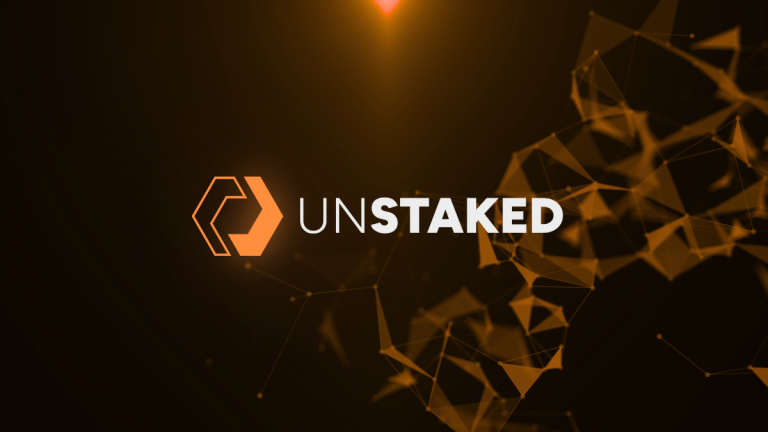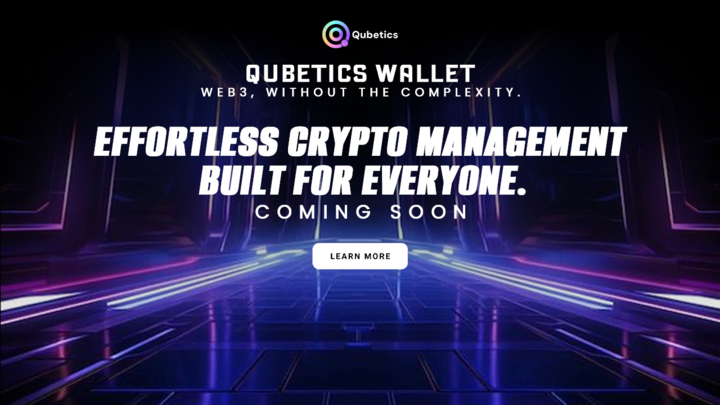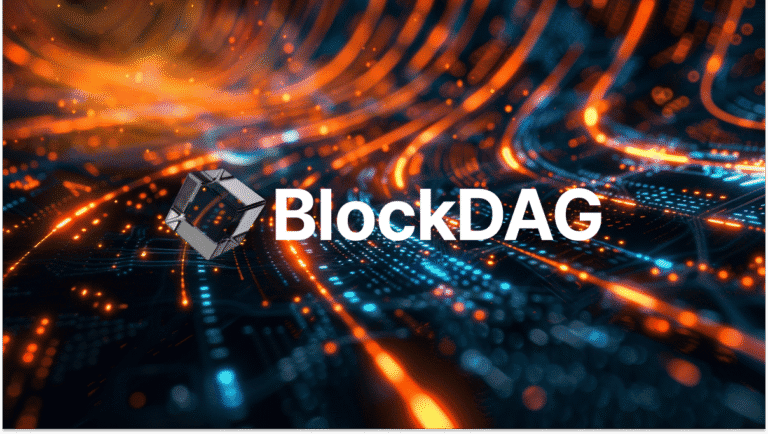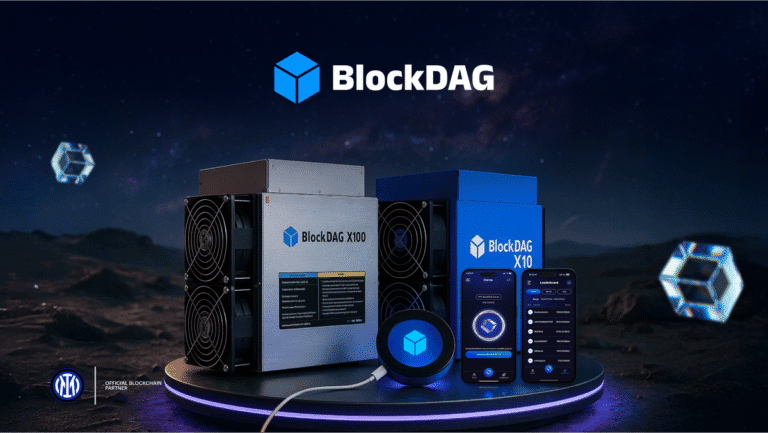Will Qubetics Be the Top Crypto Presale with 11,437% ROI? Polygon and Celestia in the Spotlight
Polygon has made a sharp move off the bottom, recently bouncing to an intraday high of $0.2460—its highest since early March. That price level represents a 24% spike from its all-time low. Community members attribute the rebound to renewed optimism across Bitcoin, altcoins like Solana and BNB, and a strong uptick in on-chain metrics. Over the past week, active addresses jumped 13% to 2.34 million, and transaction volumes pushed beyond 20.7 million. That’s not just noise—it’s network-level activity catching fire.
Meanwhile, Celestia is positioning itself as a modular titan. With the October 2024 launch of its mainnet beta, Lemon Mint, the network gave developers what they’ve been craving—data availability without compromise. Celestia’s modular tech allows tailored blockchain deployment with enhanced scalability. Backed by $100 million from Bain Capital Crypto and the launch of its native token TIA at $2.16, the project is building a vibrant roll-up ecosystem and carving out its own layer in the multi-chain future.
But despite the traction of Polygon and the technical promise of Celestia, neither fully addresses the gnarly issue of interoperability in the Web3 world. That’s where Qubetics is kicking down the door. Qubetics ($TICS) is designed not just to be another player but a full-stack solution for blockchain-based utility. It’s solving problems others have skirted around—starting with seamless interoperability. And that’s what makes it a serious contender for the top crypto presale spot this cycle.
Qubetics ($TICS): A Cross-Chain Powerhouse Aiming for Real-World Integration
Qubetics is building a future where blockchain platforms talk to each other without the usual middlemen, bottlenecks, or hacks. Its core architecture emphasizes interoperability, designed from the ground up to let blockchains and dApps communicate across ecosystems. Businesses looking to leverage multiple chains for performance, privacy, and compliance can now do so in a frictionless, plug-and-play environment.
Professionals, developers, and even non-tech adopters can build, transfer assets, or migrate smart contracts with ease—no need to worry about compatibility, security holes, or multi-chain chaos. This isn’t theoretical. Qubetics is rolling out toolkits, APIs, and user-focused solutions that just work. In a space plagued by silos, Qubetics delivers the missing bridge—and it’s doing it without overpromising or under delivering.
It’s not just about tech—it’s about access. And Qubetics is bringing enterprise-grade accessibility to anyone who’s ready to join the next era of blockchain utility.
Qubetics Presale Status: Numbers Don’t Lie
Right now, Qubetics is deep into its 27th presale stage—and the stats speak for themselves. With over 504 million tokens sold to a growing base of more than 23,900 holders, the project has already raised $15.5 million and counting. At the current stage, $TICS is priced at $0.1300 per token.
Early adopters who bought in at Stage 1 for $0.01 are already looking at a whopping 1200% return. But the door hasn’t slammed shut yet. Participants entering the presale at this stage are still looking at substantial returns—if projections hold.
Analysts are eyeing multiple milestones. If $TICS hits just $1 post-presale, that’s a 669% ROI from the current price. At $5, the return climbs to 3,745%, and a $6 valuation would deliver a 4,514% ROI. If Qubetics reaches $10 post-launch, a 7,591% ROI. And the big one? A projected $15 at mainnet launch equates to an 11,437% return. That’s not just strong—it’s game-changing.
The catch? This crypto presale won’t stay open forever. As each stage sells out, prices rise. The opportunity to enter before the big wave hits is still alive, but it’s slipping fast. Timing, as always, is everything.
Polygon (POL): DeFi Backbone with Layer-2 Competition Rising
Polygon’s network is showing serious signs of revival, even as competition tightens. TVL has increased by 5.7% over the past week, reaching $719 million. Bridged TVL stands above $4.64 billion, and nearly $2 billion worth of stablecoins are circulating across its dApps. Quickswap alone surged 577% in weekly TVL, hitting $103.8 million.
However, it’s not all smooth sailing. Polygon faces stiff pressure from newer Layer-2 contenders like Base and Arbitrum, who’ve leapfrogged it in DEX volume and NFT activity. For context, Polygon processed $3 billion in DEX volume over the last month—while Arbitrum and Base handled $23 billion and $21 billion, respectively.
Technically, POL has broken above its falling wedge pattern, a bullish sign. The Relative Strength Index and MACD have also turned upward, signaling momentum. With resistance eyed near $0.2854, Polygon could push further—if it can hold its ground against rivals scaling faster.
Celestia (TIA): Building the Modular Blockchain Future
Celestia isn’t chasing Layer-1 hype—it’s creating a new layer altogether. As a modular data availability network, it changes how blockchains are built. Developers no longer need to re-invent the wheel with every new chain. Instead, they can plug into Celestia’s base layer for scalability and focus on custom logic for their applications.
The launch of its Lemon Mint mainnet beta last October marked a technical inflection point. And the token debut of $TIA at $2.16 only added fuel to the fire. What’s more, $100 million in backing from Bain Capital Crypto means this isn’t a half-baked experiment—it’s got runway and resources.
By enabling roll-ups and scalable dApps without compromising decentralization, Celestia is laying the groundwork for Web3 infrastructure that actually scales. The modular movement isn’t just a trend—it’s a response to the real bottlenecks holding back blockchain adoption.
Final Thoughts
Each of these three projects—Qubetics, Polygon, and Celestia—brings serious heat to the table. Polygon is battling to regain its dominance in the DeFi layer-2 game. Celestia is unlocking modular scaling with precision and major backing. But Qubetics? It’s building something broader. Interoperability, practical utility, and accessible infrastructure—all while serving up one of the most talked-about ROI projections in the space.
And that’s what makes Qubetics a real contender for the top crypto presale title this year. It’s got traction, use-case depth, and momentum. Community members looking to enter while the $TICS token is still at $0.1300 might not want to wait too long. Timing here could be the difference between watching others cash in—or being the one who did.
Don’t just watch the shift. Be part of it.
For More Information:
Qubetics: https://qubetics.com
Presale: https://buy.qubetics.com/
Telegram: https://t.me/qubetics
Twitter: https://x.com/qubetics
FAQs
1. What makes Qubetics stand out as a top crypto presale project?
Qubetics combines real-world utility, interoperability, and early-stage ROI potential, all backed by a successful multi-stage presale with over 504 million tokens sold.
2. How much ROI can early buyers expect in the Qubetics presale?
Analyst predictions suggest potential ROI ranging from 669% to 11,437% depending on future $TICS token valuations.
3. How does Qubetics compare to projects like Polygon and Celestia?
While Polygon and Celestia focus on DeFi and modularity respectively, Qubetics emphasizes interoperability and practical application across chains—plus stronger presale growth.
4. Is the Qubetics crypto presale still open?
Yes, Qubetics is currently in stage 27 of its presale, with tokens available at $0.1300. Entry is still possible, but the window is closing quickly.
5. Why is Qubetics being called one of the top crypto presale opportunities of 2025?
Its interoperability features, growing adoption, and aggressive ROI potential make it a frontrunner in the crypto presale landscape.
| Disclaimer: The text above is an advertorial article that is not part of bitcoininfonews.com editorial content. |







